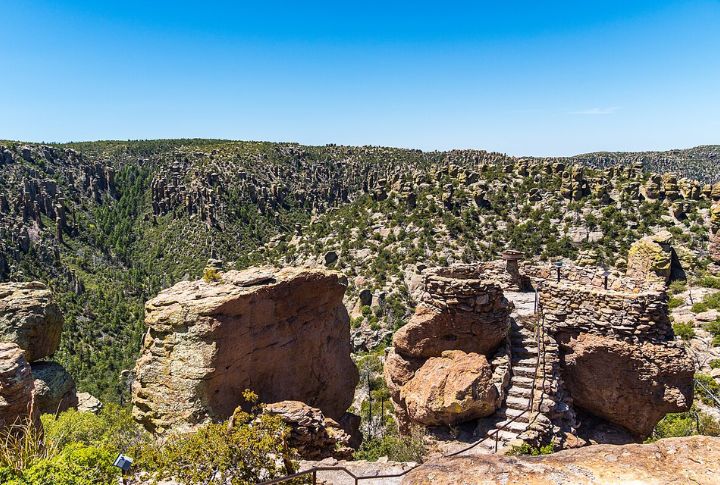
Hidden deep in Arizona’s deserts and canyons are traces of the Apache’s fierce fight to protect their homeland. Every battleground and hidden camp holds a story of resistance, where escape and endurance became acts of survival. Here are some stories that reveal how the Apache resisted erasure, even as their land was taken.
The Stand At Apache Pass
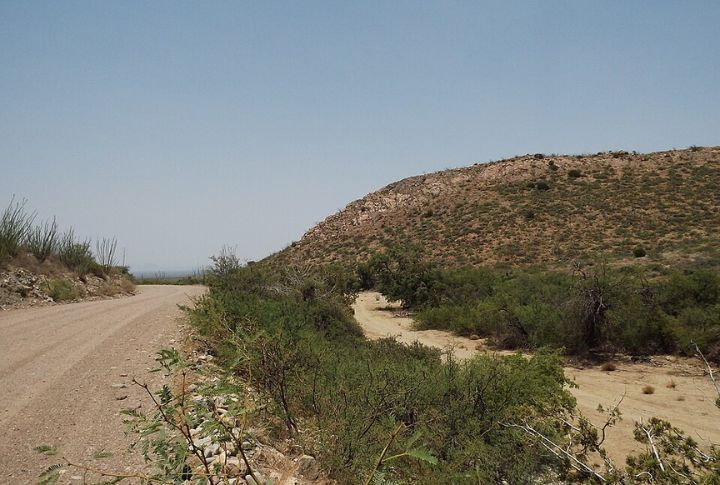
In 1892, following broken treaties, tension between the Apache and the Union troops boiled over as the latter marched through the Apache Pass to establish a supply route between Arizona and New Mexico. Apache leaders Cochise and Mangas Coloradas, determined to defend their homeland, orchestrated a bold ambush.
Cochise’s Unyielding Escape From Capture
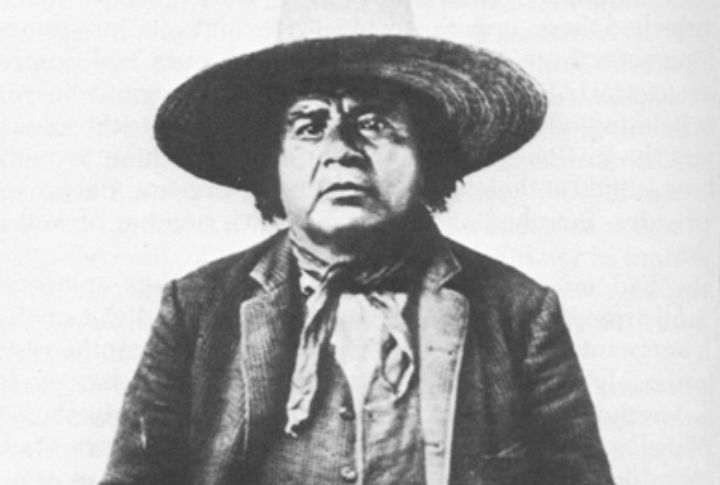
Pursued relentlessly by U.S. forces, Cochise proved elusive in the harsh terrains of the Dragoon Mountains. He evaded capture multiple times using the natural rock formations and his knowledge of the terrain. His determination cemented his reputation as a resilient leader amongst Apache folks.
The 1872 Reservation Agreement
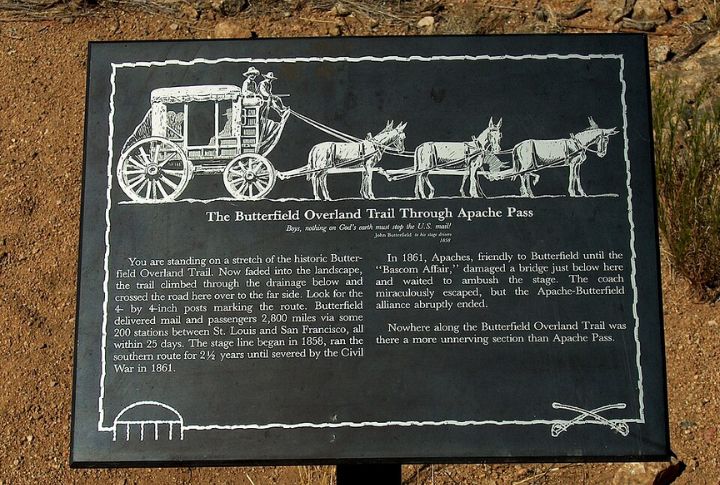
In 1872, the U.S. government granted Cochise and his people a 3,000-square-mile reservation in southeastern Arizona. And this agreement brought temporary peace. Cochise remained on the land until his passing, believing this gesture marked a step toward coexistence and recognition of Apache sovereignty.
Betrayal Of The Chiricahua Reservation
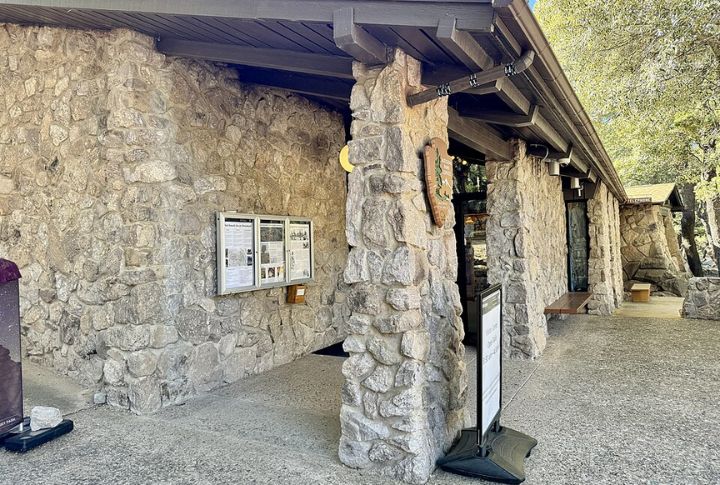
But broken promises marked the dissolution of the Chiricahua Reservation in 1876. Despite earlier agreements, the U.S. government forced the Apache to relocate to the inhospitable San Carlos Reservation. This betrayal reignited tensions, inevitably leading to renewed resistance to reclaiming their ancestral lands.
The Final Surrender At Skeleton Canyon
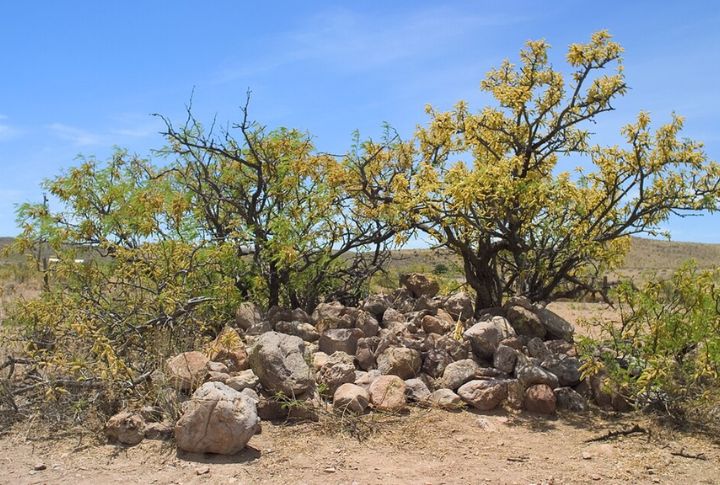
Defeat came reluctantly when Geronimo, a prominent Apache leader and fierce resistance fighter, surrendered at Skeleton Canyon in 1886. The event marked the end of the Apache Wars. Geronimo’s decision was shaped by his people’s exhaustion and the futility of continued fighting.
The Resilience Of The Warm Springs Apache

Undeterred by displacement, the Warm Springs Apache resisted government efforts to erase their culture. They were pressured to adopt unfamiliar customs and religion at the San Carlos Reservation. Their refusal preserved a deep-rooted identity despite the harsh push toward conformity.
The Escape From San Carlos Reservation
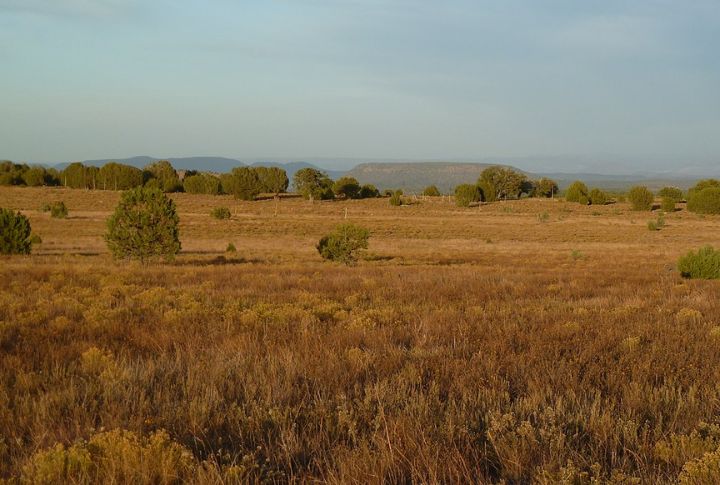
Not all Chiricahua accepted confinement, though. Some fled the San Carlos Reservation, determined to return to their homeland, and journeyed back to familiar territories. This quest for freedom, often pursued under the cover of darkness, demonstrated an unyielding will to reclaim autonomy and dignity.
The Ghost Camps Of Apache Strongholds
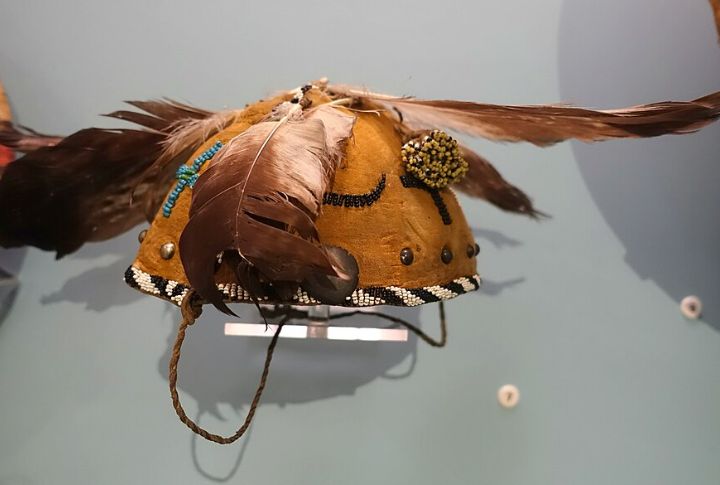
Decades after numerous battles, remnants of Apache strongholds still dot the Chiricahua Mountains. These abandoned camps were once centers of Apache resistance. Now, they quietly honor the strength of the warriors who lived there. Tools like arrowheads and stone objects show what daily life was like.
The Battle For Oak Flat
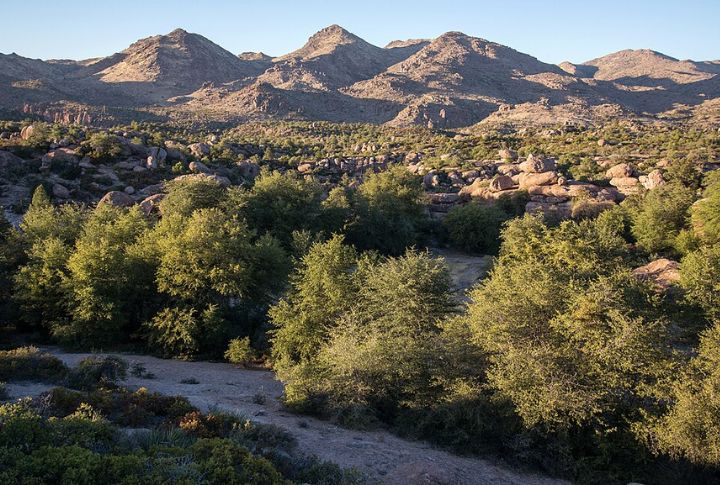
Modern resistance persists as the Apache fight to protect Oak Flat, a sacred site threatened by mining interests. The area holds spiritual significance, and its loss would mean erasing a cultural cornerstone. Ongoing legal battles highlight the ongoing struggle to preserve what remains of Apache heritage.
The Enduring Legacy Of Geronimo’s Followers
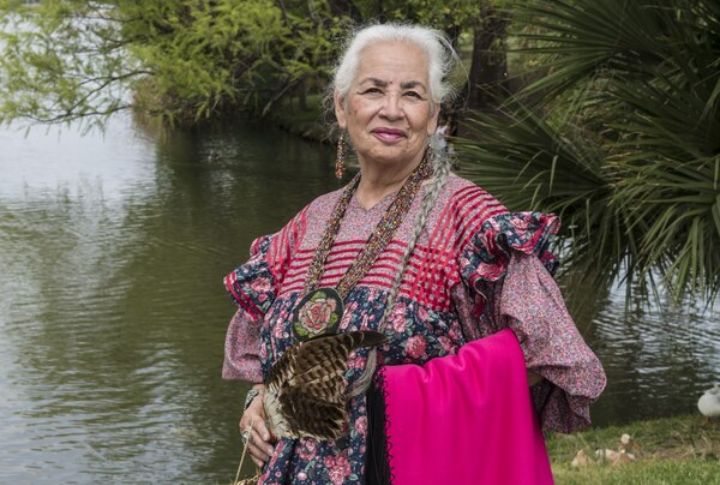
Even after Geronimo’s surrender, his followers continued to honor his legacy by preserving Apache traditions and stories. The spirit of their resistance lived on through ceremonies and the preservation of sacred knowledge. Today, these practices are a reflection of their steadfast spirit.

